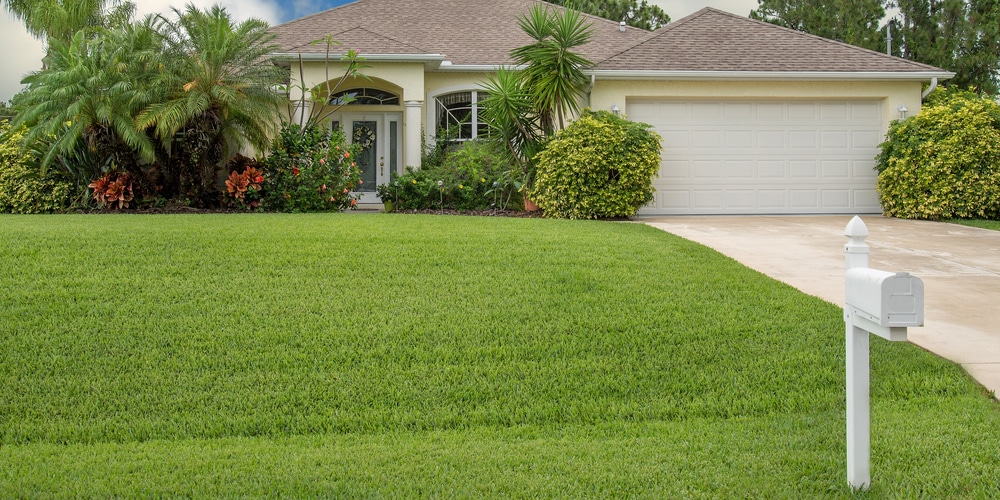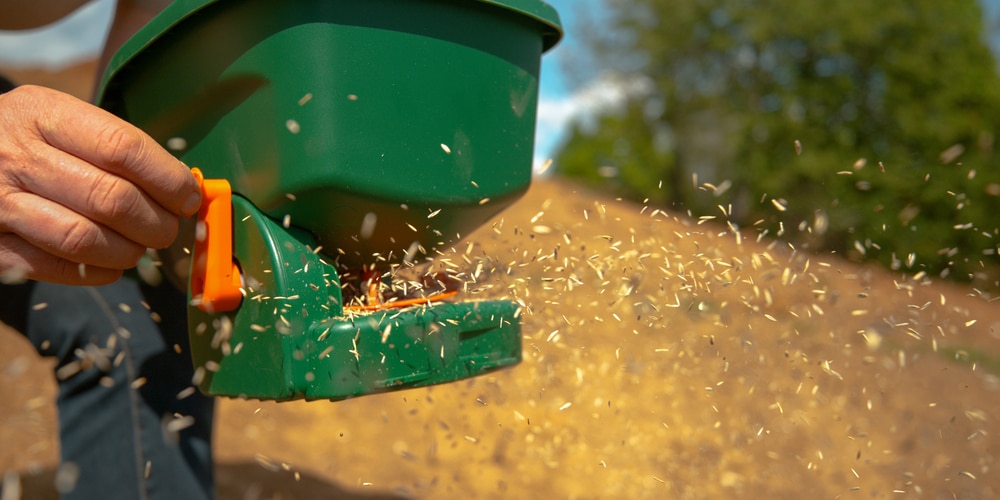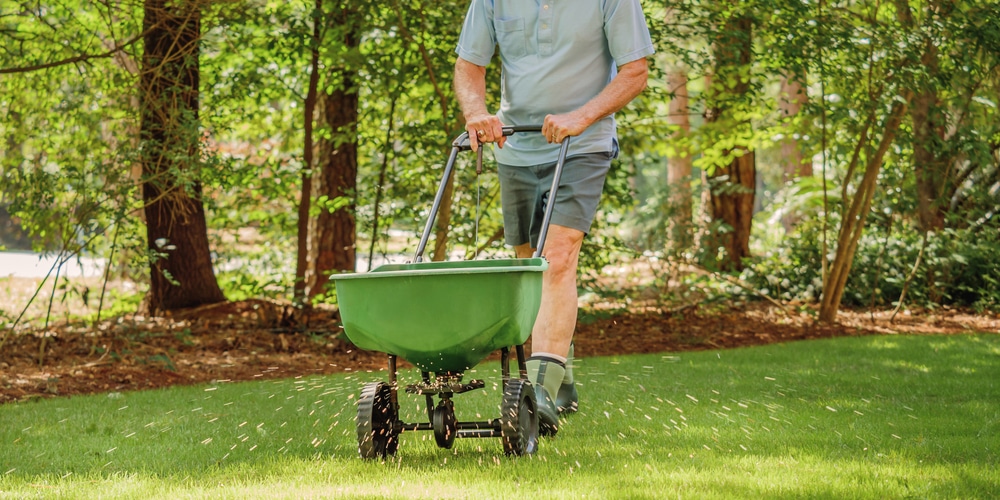There are many factors to consider when it comes to choosing the right type of grass for your Florida lawn. One option that you may be considering is centipede grass. This type of grass is native to the Southern United States and has a slow growth rate, making it a good choice for homeowners who don’t want to spend a lot of time mowing their lawn. In this blog post, we will discuss the pros and cons of centipede grass so that you can make an informed decision about whether or not it is the right choice for your property!
Centipede Grass Florida: What Is Centipede Grass
Centipede grass is a type of turfgrass native to the southeastern United States. It has been used as an ornamental lawn for many years due to its slow growth rate and low maintenance requirements.
Centipede grass prefers sandy soil with good drainage, making it ideal for Florida lawns where water is scarce. It also tolerates heat well and can grow in full sun or partial shade, so there are many different places where centipede grass might thrive on your property!
How Does Centipede Grass Compare To Other Types Of Grasses?
Several types of grasses can be used in Florida lawns, and each one has its advantages and disadvantages. Here is a quick comparison of centipede grass to some of the other popular options:
Centipede grass: slow growth rate, low maintenance requirements, prefers sandy soil with good drainage
Bermudagrass: fast growth rate and high maintenance requirements, prefers full sun but can tolerate some shade. It’s not as drought tolerant as centipede grass because it requires more water than other types of grasses do.
St. Augustinegrass: medium growth rate (slower than Bermuda), prefers full sun but can tolerate some shade; it’s not as drought tolerant as centipede grass because it requires more water than other types of grasses do.
Bahiagrass: slow growth rate and low maintenance requirements, prefers sandy soil with good drainages – like centipede!
How Do You Plant Centipede Grass?
There are two ways to plant centipede grass: by seed or sod. The easiest method is sodding, which involves laying down strips of newly harvested turfgrass onto your existing lawn and waiting for them to root into place over time. You can also purchase centipede grass seedlings from a nursery or garden center if you want to grow your lawn from scratch (this method is more expensive).
Related: Best time of year to plant grass in Florida
How Do You Care For Centipede Grass To Maintain A Healthy Lawn?
One of the great things about centipede grass is that it doesn’t require much care to stay healthy. You will need to water it regularly, especially during periods of drought, and mow it at least once a month. It’s also important to fertilize your lawn twice a year – once in the spring and fall – so that nutrients can be replenished after being depleted by winter weather or summer heat.
Are There Any Potential Problems With Using Centipede Grass In Your Florida Lawn?
The only potential problem with centipede grass is that it can be susceptible to chinch bugs, which are small insects that can cause yellow patches in your lawn. If you notice these pests attacking your lawn, you can treat them with an insecticide. Besides that, centipede grass is a very hardy turfgrass and is unlikely to suffer from any other problems!
How Much Does It Cost To Install Or Maintain Centipede Grass?
The cost of installing or maintaining centipede grass in a Florida lawn varies depending on the size of your property and the amount of work that needs to be done. Generally speaking, it is cheaper than installing or maintaining Bermuda grass but more expensive than installing or maintaining St. Augustinegrass. As for ongoing maintenance costs, they are also lower for centipede grass than other turfgrass types because they need less water and fertilizer.
Conclusion
Centipede grass is a good choice for Florida homeowners who want an attractive, low-maintenance lawn that will thrive in sunny and shady conditions. It’s also tolerant of drought due to its ability to withstand heat well without requiring much water. If you’re thinking of planting a new lawn or replacing an existing one, be sure to consider centipede grass as a viable option!


